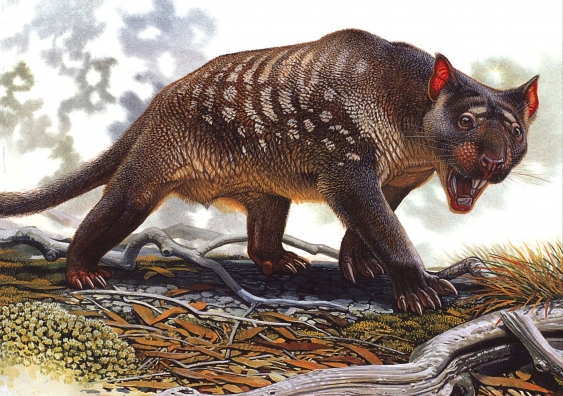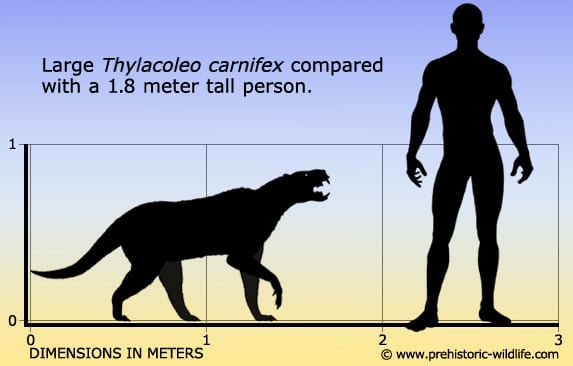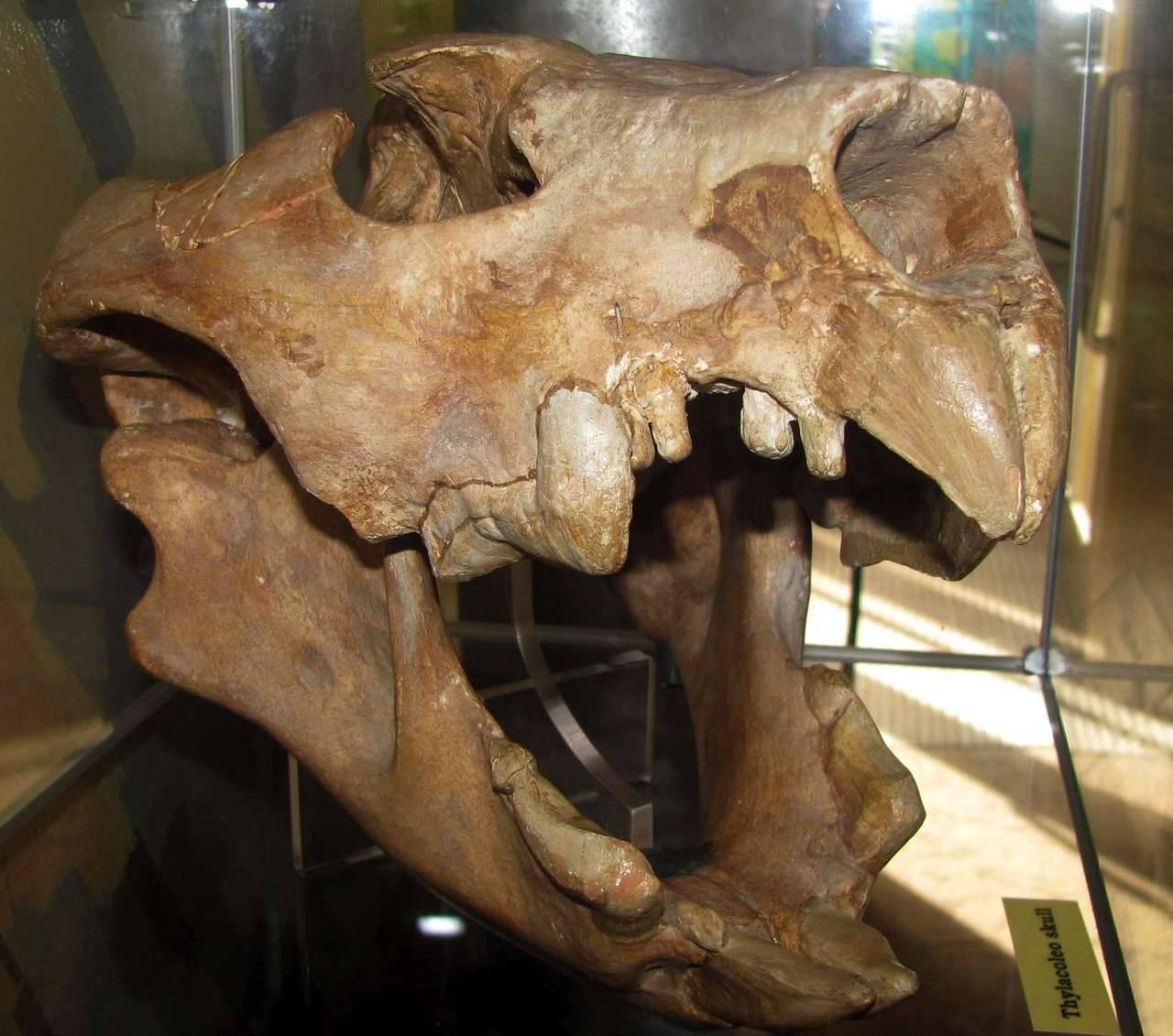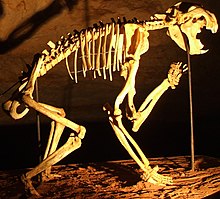This week I am gonna look at what I think is one of the more well-known prehistoric mammals, the giant ground sloth Megatherium.
:max_bytes(150000):strip_icc()/Megatherium_NT_small-5b5eed2bc9e77c0025d39742.jpg)
Megatherium lived between 5 million and 10 thousand years ago in South America. Though it may be difficult to see the resemblance, as mentioned above, Megatherium is in fact a species of ancient ground sloth. Ground sloths were once a very widespread and diverse family of animals, ranging in size from modern sloths to this species here, which reached 12 feet tall when on their hind legs and rivaled the size of modern bull elephants.

Like most animals that grew this large, size was probably an evolutionary defense against the many predators in South America at the time, such as giant crocodilians and big cats.
Despite its bearish appearance, megatherium was (most likely) a herbivore just like modern sloths, though there is weak evidence that it could have scavenged meat if necessary. Its size also probably came in handy for this herbivorous lifestyle, as it could stand on its hind legs to reach the taller vegetation that was untouched by other animals, similar to how elephants do today. As pictured above, you can see how the extremely thick and short hind legs, as well as a strong pelvis were able to support this behavior. It also appears to have used its muscular and thick tail as a tripod for further support. Although it was primarily quadrupedal, footprints have indicated that megatherium was not limited to just standing against a tree in this position and could actually walk fully bipedally.
Megatherium had large claws on all four limbs just as modern sloths do, and these actually prevented it from placing its feet flatly on the ground, forcing it to walk on the sides of its feet as pictured above. The claws on its forelimbs could be used to pick through vegetation and bring branches closer to itself while foraging. It also had a more narrow snout than any other sloth, and the long overhang on both the upper and lower jaw suggest that it had prehensile lips (meaning that they could grab stuff) to allow it to more carefully select what it ate.
Megatherium went extinct close to 10,000 years ago, which means it would have had plenty of overlap time with humans. As is the case with most large animal species of this time, unrelenting hunting was likely a significant cause of their extinction. This is further evidenced by cut marks in their bones which look to be made by stone tools. This time period also lines up with an extinction event (called the Quaternary Extinction Event) which brought the end to many species of megafauna, mostly due to climate and environmental changes that they could not adapt to quickly enough.
That’s pretty much all for this animal, it’s just another one that I think is interesting to visualize as something that was real given how different it looks from any of the animals we see nowadays. I hope you found at least something of interest in all of these blogs, I realize that it isn’t the most impressive passion but I think that looking at these unique animals is a thought-provoking topic that is worth sharing.
Sources:
https://www.nhm.ac.uk/discover/what-was-megatherium.html
https://www.britannica.com/animal/Megatherium
https://allthatsinteresting.com/megatherium



